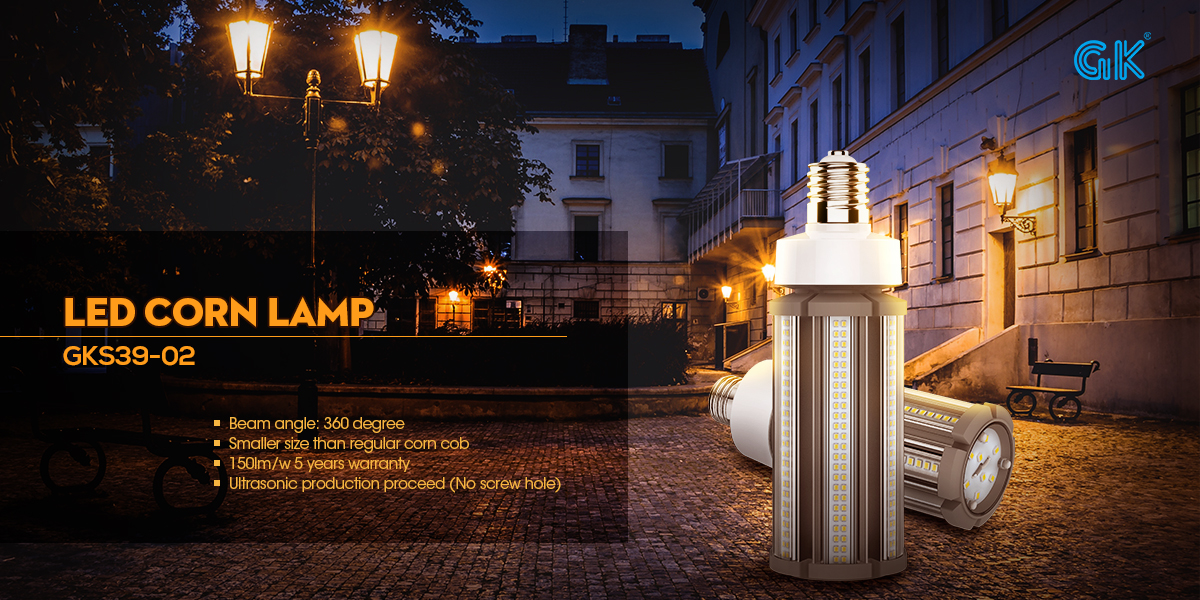The Shining Future: Exploring the Impact of LED Lighting
04/05/2024
The advent of lighting technologies has revolutionized the way we perceive, create, and manipulate our surrounding environment, with LED (Light Emitting Diodes) technology firmly planted at the forefront of this evolution. LED lights transformed the traditional concepts of lighting by offering efficient, cost-effective, and versatile lights that quickly spread across different sectors. However, as with any major shift, understanding the holistic implications requires confrontation of both the beneficial and the adverse, a balance that LED lights manage to strike with impressive acuity.

LED lights have emerged exceptionally due to their sizeable series of benefits, primarily their superior energy efficiency and longevity. Studies indicate that LED light bulbs consume up to 80% less energy and last 25 times longer than traditional incandescent bulbs, heralding a new era of energy-saving light sources (source). Robots on industrial floors or classrooms brimming with eager learners around the globe are adopting LED, thanks to their incredible durability and resilient performance.
But, amid the illuminated happiness brought by LEDs, rest some shadows of concern. One such issue is the contribution of LED lights to light pollution. As per a Washington Post report, the proliferation of LED lights has inadvertently increased lighter nights - a condition that interferes with the night sky, ecosystem, and human health (
link). The compulsion to address these concerns is an essential step towards a sustainable future.
Nevertheless, the potential of LED lights is perpetual, illuminating new opportunities for innovation and applications outside the traditional lighting sphere. According to an article by Energy Star, LED lighting is flexible, able to adapt to myriad applications previously bound by traditional technological limitations (
source). The future looks brighter and more customizable, thanks to LEDs.
In conclusion, while LED lighting continues to transform our world, the grandeur of this technology compellingly argues for responsible and thoughtful use. After all, technology in itself is neutral – it is our usage that determines its impact. The future of LEDs spells a world of possibilities for us, and with due diligence, we can limit the casting shadows ensuring that these lights lead us to a brighter, more efficient, and sustainable future.

